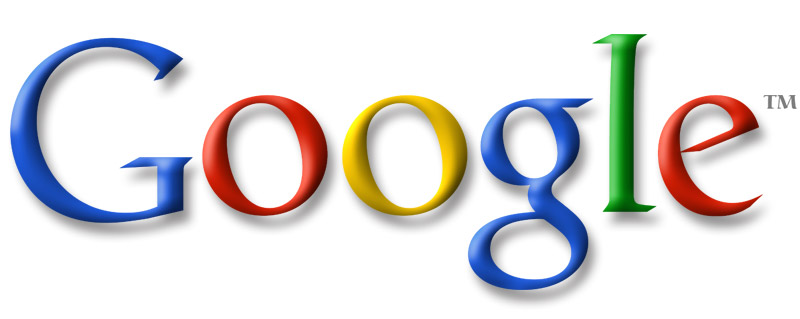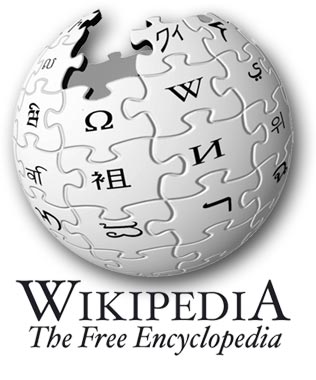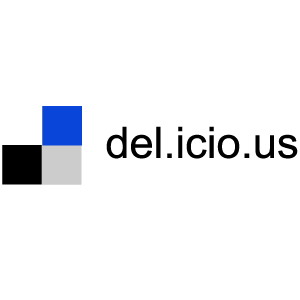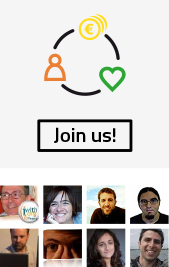 The Internet has turned the world upside down, that’s for sure. What concerns us is whether in this turbulent river there is a land of opportunities where we can find treasures and resources useful for our activities.
The Internet has turned the world upside down, that’s for sure. What concerns us is whether in this turbulent river there is a land of opportunities where we can find treasures and resources useful for our activities.At iWith.org we have spent 10 years exploring the space where the Internet meets not-for-profit activities, and many of them are directly related with the environment such as ACESER (Catalan Association of Companies and Services of Waste Management, or RETORNA.

Here we’re taking a look at some different Internet scenarios to see if we can identify opportunities that would be useful to our non-profit sector.
First off we need to make a strategic decision regarding the purpose of using the Internet. From the point of view of a serious entrepreneurial or non-profit project, it is not about acting like an impulsive adolescent, posting his/her photo in the bathroom or on Fotolog.
Fortunately the solution is very simple. We’re going to do basically the same as we do in a meeting, on a visit, in the bar, in the street, when we send a postcard, make a phone call, or send a fax. We go to the Internet to communicate with clients, providers, prescribers, or with our friends or acquaintances.
Naturally, our attitude and message in a bar is different than in a meeting, and this, too, happens in the various Internet situations. Let’s take a walk.
 Google: the gateway
Google: the gatewayWhen we cross the threshold into the Internet, it’s very common to start with a search engine, probably Google, which has a market share of 90%, and it’s worth googling our sector, rather like looking to see who’s in the Yellow Pages, and how we look in the photo.
Google is a well of surprises, and an easy way to access them is to search in Google for the words google help. If we need information that’s more independent and less commercial we can consult Wikipedia.
 Wikipedia: the encyclopedia that knows everything
Wikipedia: the encyclopedia that knows everythingWikipedia is another great resource where, if we are persistent and patient, we can contribute with definitions on matters where we are experts. Editing an entry in Wikipedia is technically easy, but the process of discussion and consensus will take a few weeks, so if you are not ready to invest some time, we’ll pass on, and take a look at Facebook.
Facebook, the social network par excellence, was begun in 2004 and now has more than 500 million users. But for us the only important users are those we relate to, or those with whom we want to relate. Generally it’s a space for friends and acquaintances where we’d talk about the same things as we would in the club or the casino.
Though now the possibilities for us to relate are enormous, and growing every day, we can see that Facebook is the tool which lets us pass beyond relationships that are strictly professional to an atmosphere of mutual trust ideal for finding opportunities. Facebook, like Google and many of the services online, has some interesting publicity resources which, if properly employed, allow us to select the targets of our announcements or messages with great precision. It’s a good idea to check out the privacy set-up, so as not to end up shouting in the bar when you want to be whispering in a private room… though sometimes, rather than chat with friends, we’d like to take the pulse of the sector, and for that, there’s Twitter.
Twitter, created in 2006, currently has more than 200 million users who write brief texts of 140 characters, mostly to share news (40%), have conversations (38%), pass on highlighted messages (Retweets 9%), and also for self-promotion (6%).
The statistics are approximate and come from the Pear Analytics study. Twitter is a modern telegraph, in that we can read what people in our sector are saying, or, much more interesting, participate in the conversation and generate our own news… after the telegraph came television, and YouTube is the modern version.
 YouTube: your TV channel
YouTube: your TV channelYouTube was born in 2005 and its more that 50 million contributors have an enormous audience. Anyone can publish their video or even create their own channel, and from the professional point of view create interviews or messages of 2 or 3 minutes and publish them via YouTube. A small investment of effort brings an enormous return in terms of communication. As always, it’s essential to offer a quality project, but this need not involve high costs. There are many other video services on the Internet, in fact there are millions of interesting things on the Internet and you’d certainly enjoy organizing them according to your taste. For this purpose, your browser has the Bookmark facility, though it’s much more useful to share them in Delicious.
 Delicious: your bookmarks and everyone’s bookmarks
Delicious: your bookmarks and everyone’s bookmarksDelicious, which began in 2003 and has recently been acquired by the people behind YouTube, has more than 5 million users who share their favorite bookmarks. This service, like others, has various uses: it serves to organize your favorite links, but it’s also a useful option for searching for the best of our acquaintances’ links, or to substitute or complement the search engines. Delicious is also a good tool for investigating markets, since it’s a living reflection of what people are interested in, and often, people are interested in our sector. When we search for professionals in our sector, we no longer need to turn to the old directory of advisors and directors, we can just visit LinkedIn.
 LinkedIn: the new directory of professionals
LinkedIn: the new directory of professionalsLinkedIn started in 2003 and now has more than 100 million users, professionals who share their CVs, recommend each other and form groups for online discussion and work. To maintain a professional profile in LinkedIn and work with this network is an essential step in the development of a professional career. LinkedIn is becoming more and more a space where you can find all kinds of resources, human and relational. Many professionals are sharing their presentations in LinkedIn as a reflection of what they share on SlideShare.
Slideshare: an idea which arose in 2006 and receives more than 12 million visitors a month, who search for inspiration among the millions of slide presentations published by users. This resource not only helps us with inspiration, but also is an extraordinary medium for sharing our knowledge.
Of course some readers will have reached the conclusion that it’s not possible to follow all of this enormous flow of information, nor to become a writer, communicator and actor in all the networks. Sure. We could never be in all the bars, nor visit all of the clients, but the Internet, just as it offers us a unique language for all applications – the TCP/IP protocol – also offers us a standard format to distribute content: RSS.
 RSS: the electric current of information
RSS: the electric current of informationRSS stands for Really Simple Syndication, an easy way to distribute content in a standardized format, so that anyone can pick up the thread of our content just as you would pick up an electric cable and plug it into a broad range of slides. So now it’s no longer necessary to go to each source to see if there’s anything of interest, we can concentrate or distribute the flows of news in our email account, in our favorite new reader, or publish it on any website. We can also use this standardized flow to distribute our own information, so that what we write in our blog can go directly to Facebook or Twitter, etc, greatly simplifying the distribution of our content.
IMPORTANT: understanding the change
In fact, the change is so important that it has needed the creation of a new profession (one more), that of Community Manager, who manages the communication with followers, looking after our online reputation.
There are many more tools, services and networks on the Internet, just as the world is full of streets, bars, and telephones, but what’s important is to focus not on the tools themselves, but on what we can do with them.
The Internet has changed our notions of privacy. Before, everything was private except what we chose to make public, but now, everything is made public, there’s a camera in every mobile phone, and we can only keep some things private.
The Internet has broken down the frontiers, translators have brought languages closer, and our resources are no longer stuck inside our offices. We collaborate with persons all over the world almost without noticing.
The Internet has changed communication and publicity. Before, 90% of our clients watched TV, but now they spend a good part of their time on the Internet.
The Internet has democratized knowledge. Now it’s possible to learn anything in a flash, and we stand on the shoulders of giants of knowledge.
The Internet has given us an exponential boost. Now we can see how Avaaz.org is growing at a rate of 100,000 users per week, and the opportunities are visible to everyone all the time, and almost always the sparks which become the accelerators of projects are produced online, just as they once started life in a café conversation. Simply put, we have added another ‘place’ where we can have conversations and share opportunities.











